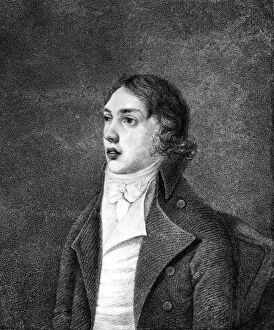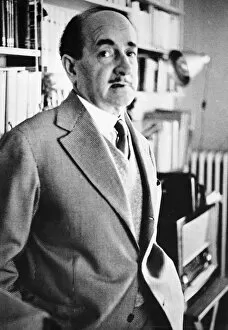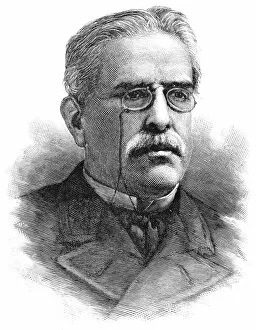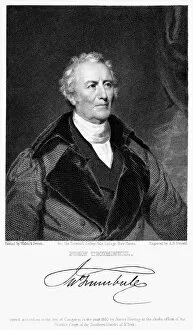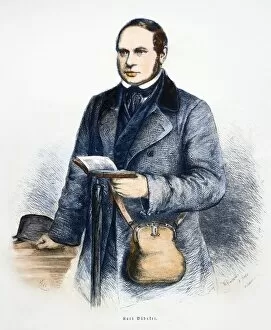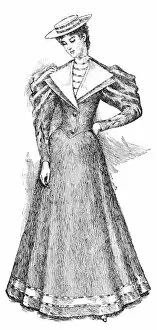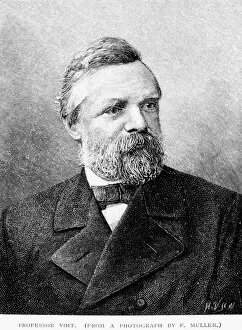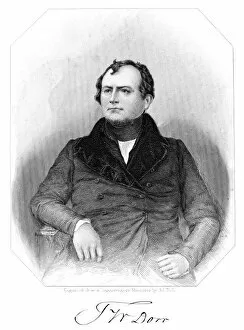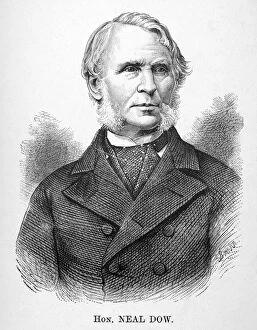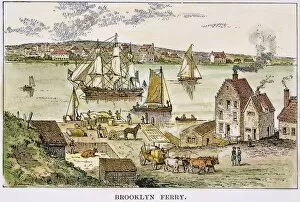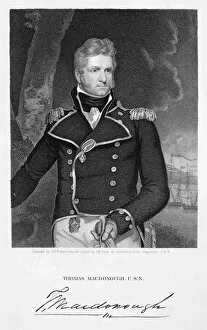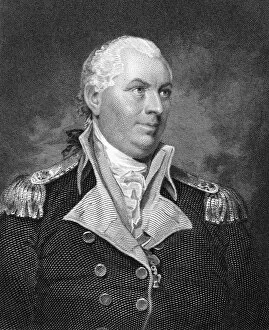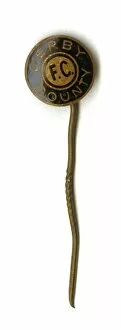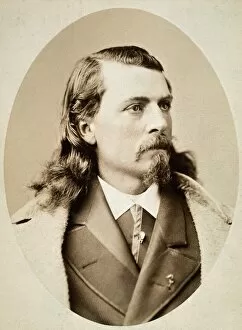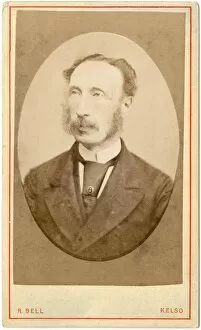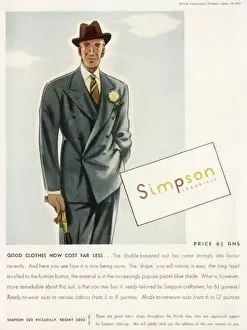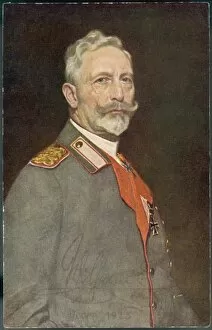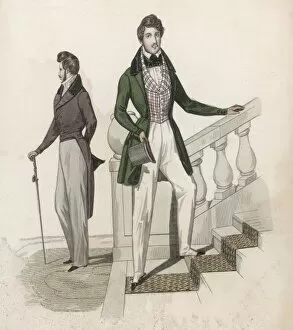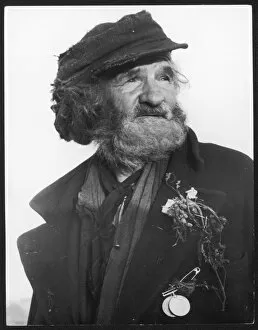Lapel Collection (#5)
"Lapel: A Window into History and Hierarchy" From the elegant brushstrokes capturing John Clare's poetic soul to the meticulous detailing of naval insignia
All Professionally Made to Order for Quick Shipping
"Lapel: A Window into History and Hierarchy" From the elegant brushstrokes capturing John Clare's poetic soul to the meticulous detailing of naval insignia, lapels have long served as a canvas for self-expression and social distinction. In William Hilton's 1820 oil painting, we catch a glimpse of Clare's refined lapel adorned with a delicate flower, symbolizing his artistic sensibilities. But beyond personal adornment, lapels also hold clues to rank and status. In the Royal Navy, recognizing one's position was as simple as glancing at the intricately designed badges adorning their lapels. These emblems spoke volumes about experience and authority on the high seas. Moving across continents and disciplines, Frederic Chopin graces our attention in an intriguing photograph from 1849. His modest yet tasteful attire is complemented by a subtle but distinguished lapel pin—a testament to his musical genius that resonates even today. In contrast to Chopin's serene image stands Lenin Making Speech—an iconic moment captured in history. Amidst fervent political discourse, Lenin dons a suit embellished with an eye-catching lapel pin representing solidarity with his cause—a powerful emblem uniting comrades under one banner. Stepping into the realm of illusion and enchantment, Alexander Herrmann mesmerizes audiences with his magical prowess. But hidden beneath his flamboyant cape lies another secret—the enigmatic charm of an ornate lapel pin that adds an air of mystery to this master magician. Turning our gaze towards military valor, Thomas Mifflin exemplifies bravery through both sword and style. His uniform boasts meticulously crafted epaulettes while proudly displaying regimental symbols on his commanding lapel—testimony to his dedication in serving America during its formative years. Across the Atlantic Ocean stands Baron Lynedoch—Thomas Graham—who fought valiantly for Britain during tumultuous times.

